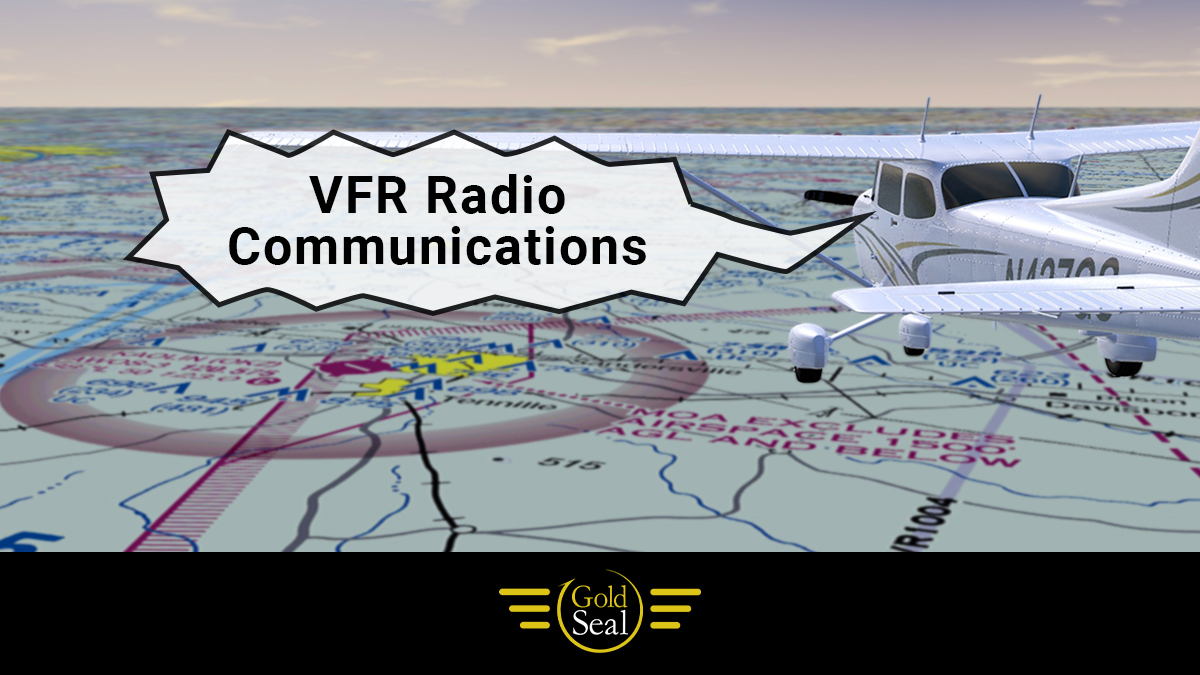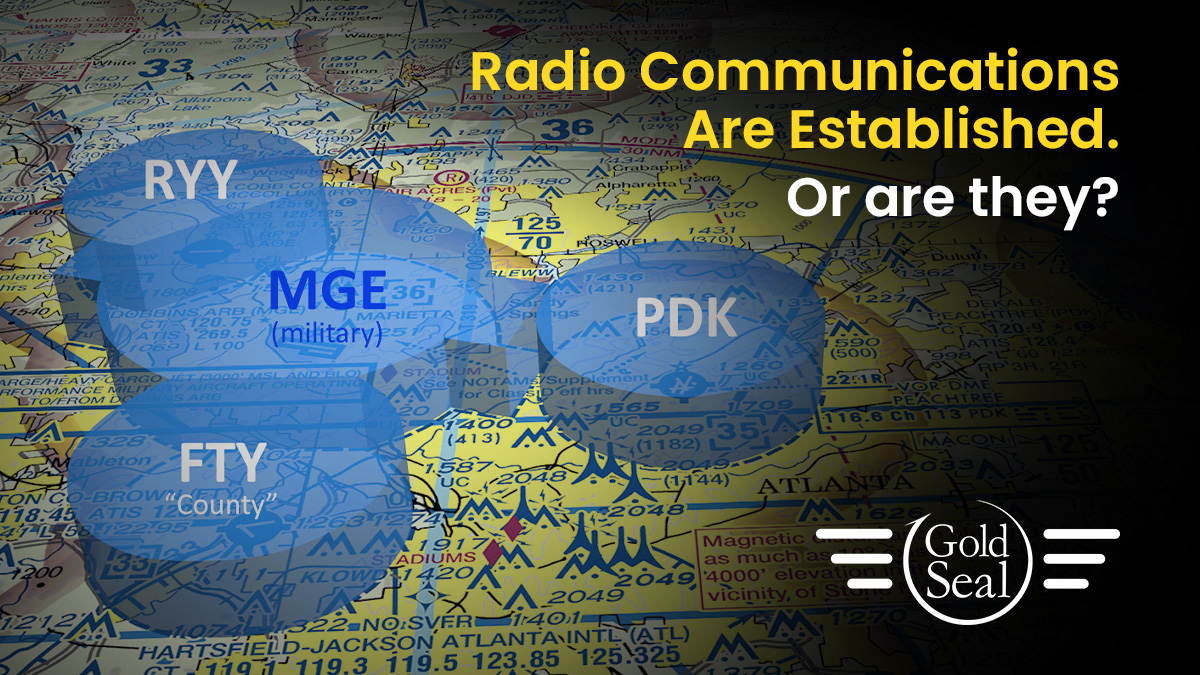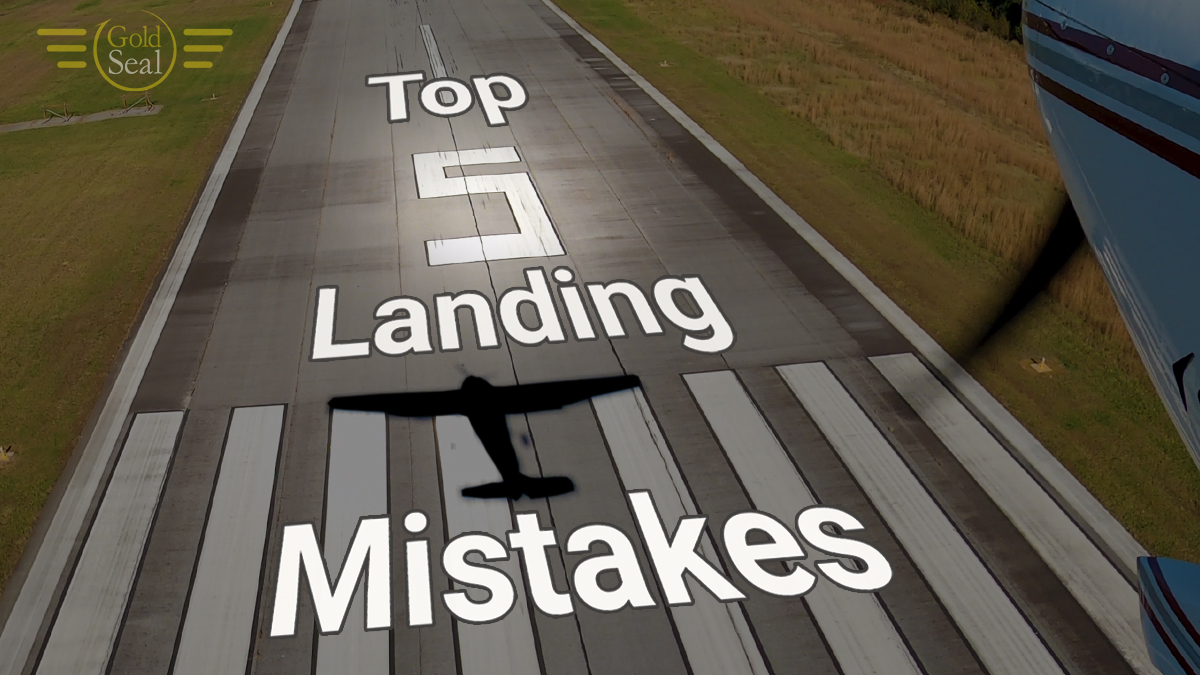
The 8-Hour Solo Myth
by Russ Still
Published
Updated
At some point, most student pilots share a common mindset. As they grind away their trips in the traffic pattern, trying to master landings, they think it is taking too long. They feel as if they should have already soloed. Accounts of quick solos on the internet only make it worse and their frustration deepens. Let me tell you something about those stories.
 Learning to Fly Solo
Learning to Fly Solo
A close friend of mine learned to fly in 1942. Like so many others joining the war, he trained and soloed in a Stearman PT-17. Total time to solo - six and a half hours. As tail draggers go, a Stearman is a handful of airplane. Soloing one at all is a feat that most nose dragger pilots only dream about. Kudos to those brave and talented kids that learned to fly in these sluggish, lumbering biplanes.
Several things were going on during that period that caused, or allowed, cadet pilots to solo quickly. First of all, few of them had to bother with radios. About the only communication that went on was the one-way rantings from flight instructors, yelling at their students through tubes called gosports. Once in the air for solo, the student could quietly contemplate his predicament without giving one thought to talking to anyone.
Pre-solo flight training was heavily weighted toward learning to takeoff and land. Since it took about 50 takeoffs and landing before a student was ready to solo, they had to get right on with it. There were some stall demonstrations and slow flight training, but few cadets spent any time learning the pre-solo skills that are required of today's student pilots.
FAA Requirements for Solo Flight
Part 61.87(d) of the FARs dictates to flight instructors what they must teach a student prior to nominating them for a shirttail cutting. Included are the following:
(1) Proper flight preparation procedures, including preflight planning and preparation, powerplant operation, and aircraft systems;
Ok, the first one in the list can be taught in the classroom. The student doesn't have to rack up flight time to get past this requirement. But the remainder require time in the air. The regulations don't specify that the student actually master these items, but some judicious amount of training is required. Here are the flight skills that must be taught prior to solo:
(2) Taxiing or surface operations, including runups;
(3) Takeoffs and landings, including normal and crosswind;
(4) Straight and level flight, and turns in both directions;
(5) Climbs and climbing turns;
(6) Airport traffic patterns, including entry and departure procedures;
(7) Collision avoidance, windshear avoidance, and wake turbulence avoidance;
(8) Descents, with and without turns, using high and low drag configurations;
(9) Flight at various airspeeds from cruise to slow flight;
(10) Stall entries from various flight attitudes and power combinations with recovery initiated at the first indication of a stall, and recovery from a full stall;
(11) Emergency procedures and equipment malfunctions;
(12) Ground reference maneuvers;
(13) Approaches to a landing area with simulated engine malfunctions;
(14) Slips to a landing; and
(15) Go-arounds.
How Long Will it Take to Solo?
This is a substantial amount of training. Now imagine that the taxi/runup/takeoff/ and the landing/return taxi time for each lesson is a total of .2 hours. That implies that the student and instructor can crank the engine and get airborne in 6 minutes and can land and taxi to parking in another 6 minutes. Certainly not what most of us experience, but we'll assume a best case scenario. Now imagine that the practice area is another 6 minutes away from the field. Six out, and six back in. So, during this 24 minutes in each lesson, one takeoff followed by basic maneuvering can be practiced followed by a landing at the end of the lesson. These are busy times in the cockpit, frequently with some increased demands to listen to the radio. Thus, it isn't realistic to think that the most significant parts of the flight lesson are occurring during this 24 minute period.
The training in various turns, climbs, and descents, along with stalls, slow flight, slips, ground reference maneuvers, and emergencies is generally going to occur out in the practice area in that time period external to the 24 minutes already noted. So for sake of argument, let's assume that the student is a prodigy and "gets it" the first time - on everything. Instructor shows, student does it without problems. Our brilliant student ends up with logbook entries like this:
Lesson 1 - taxi; four fundamentals; familiarization with the practice area; takeoff and landing: 1.4
Lesson 2 - cruise/slow flight speed transitions; power on stalls; power off stalls: 1.4
Lesson 3 - various configuration descents; ground reference maneuvers: 1.4
Lesson 4 - emergency procedures & equipment malfunctions; simulated engine failures: 1.4
Lesson 5 - 7 normal takeoffs and landings (assume .2 for each circuit and no trip to the practice area): 1.4
Lesson 6 - 7 more takeoffs and landing, some of which are crosswind: 1.4
That gives us a grand total of 8.4 hours. The total number of takeoffs and landings our student has experienced is 18. While not an impossibility, a student ready to solo with only 18 landings under his/her belt is certainly a rarity. The average is usually between 40 and 60.
While the 8-hour solo is not actually a myth, it is an anomaly. And in this scenario, not only do we have an exceptional student who learned every skill the first time around, but we also had a student who had little to no instruction in radio work, navigation, steep turns, and a variety of other little niceties not spelled out in the regulations.
For the more average student who solos in less than ten hours, perhaps he or she should ask the instructor if they really covered all the training necessary.



